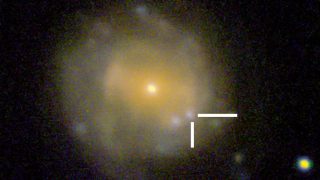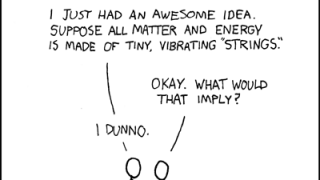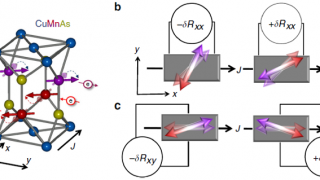
MI weekly selection #313
Astronomers may have observed black hole’s birth A strange blast approximately 200 million light-years away may have been the birth of a black hole. Astronomers first thought the blast, dubbed “The Cow” because its official name is AT2018cow, was from a black hole consuming a white dwarf, but “further observations of other wavelengths across the […]








